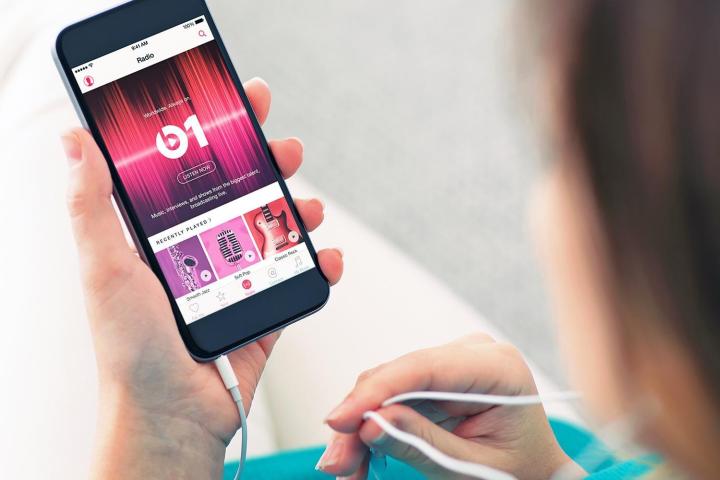
[Related: Apple Music racks up 10M subscribers, but will they stick around?]
Pietroluongo explains Apple Music’s exclusion from the Billboard charts was not due to its controversial free trial month during which Apple originally planned to not pay artists’ royalties. Rather, the process for a streaming service to be added to Billboard simply isn’t as easy as filling out an application. As Pietrolungo explained. “It takes time for them to a) initially send the data and b) for Nielsen or anyone for that matter to ingest it, test it and confirm accuracy and c) for them to send to us for testing.”
But that doesn’t mean Apple is not at fault. “Apple had other things to focus on in its first few days than worrying about formatting of files,” said Pietrolungo.
In November 2014, Billboard changed the way it tabulated album sales for its Top 200 chart by folding in song streams and track download data along with traditional album sales, now known as “pure album sales.” As such, ranking systems called Track Equivalent Albums (TEA) and Streaming Equivalent Albums (SEA) now contribute to a multi-metric consumption system, with 10 track downloads or 1,500 song streams (respectively) from any one album considered equivalent to one album sale. In an article announcing the change, Pietrolungo reasoned that adding streaming data would help them better understand a music consumer’s “depth of consumption.” The move marked the first time Billboard had changed its sacred album chart in 23 years. Notably, this was also the time at which digital music revenue surpassed physical music revenue for the first time ever.
Spotify, Google Play, Xbox Music and, curiously enough, Apple Music’s predecessor, Beats Music, were the first streaming services added to the new Billboard 200. Tidal did not count towards Billboard for a week after its launch, but days before its first full month, Tidal Senior Executive, Vania Schlogel, informed Digital Trends Tidal’s streams were finally being counted towards the Billboard charts. “It’s the just the natural timeline to prepare the data for inclusion,” Pietroluongo reinforced. He promises that Apple Music will be a part of the Billboard charts “very soon” but did not give a definitive date.
Sources say Apple Music has already attracted 10 million subscribers and its impact on streams is already being felt by artists. For example, last week, hip-hop artist Future’s sophomore album, Dirty Sprite 2, shot up to the top of the Top 200 album charts with 146,960 total album sales. Of that total, 25,465 (17 percent) album sales were tabulated from streams and singles downloads. However, Future was only credited with 17,236,713 streams, even though HITS Daily Double claims Future reached at least the 25 million mark between 14 million Spotify streams and 11 million reported Apple Music streams. If that Apple Music figure is indeed accurate, the artist may have missed out on roughly 7,300 album sales because Apple Music streams weren’t counted,
In a music industry where CDs once represented the main source of revenue for decades but are now almost extinct, every sale (and stream) counts. Apple’s trial period might be great for music fans, but its strong success out of the gate may actually be hurting artists.
Editors' Recommendations
- Tidal vs. Spotify: Which music streaming service has the features you need?
- AirPods, Beats owners can get Apple Music free for 6 months
- You won’t need 17 speakers to appreciate Dolby Atmos in Apple Music
- Apple is celebrating Black History Month across almost all of its services
- Apple Music finds its way to Google Assistant speakers and displays


